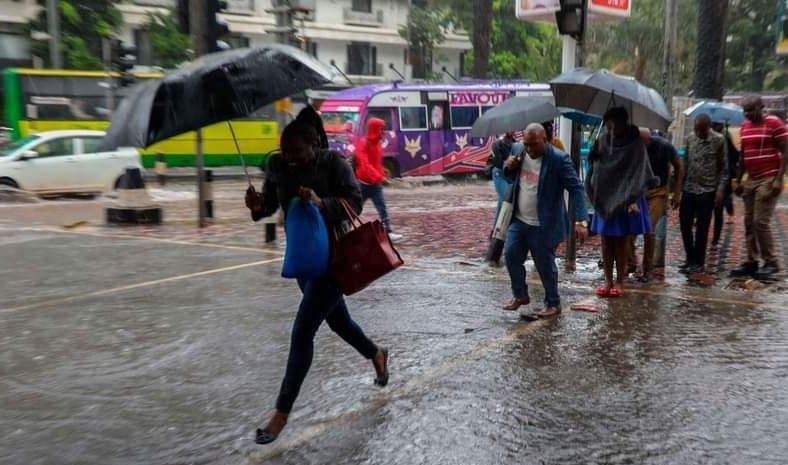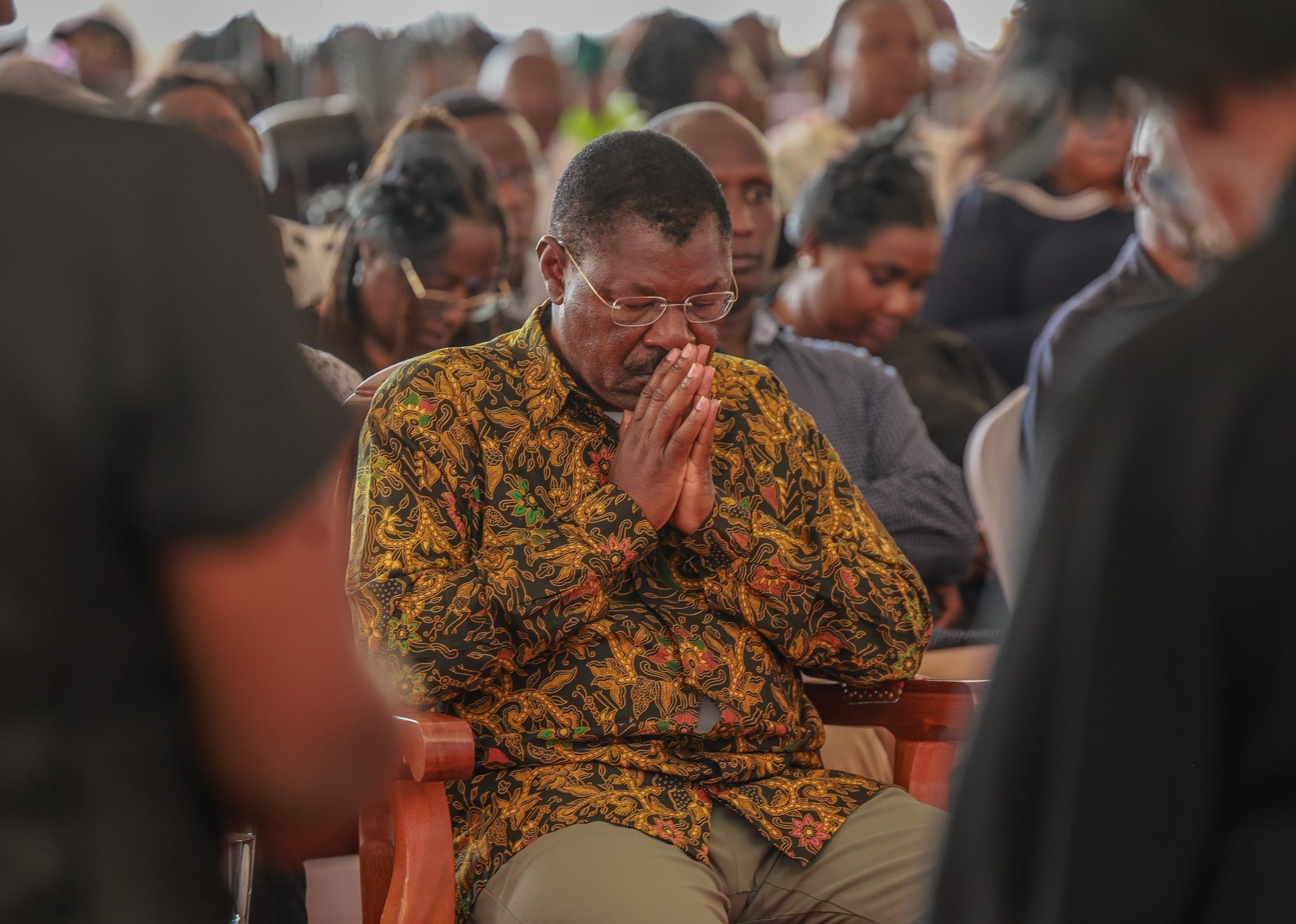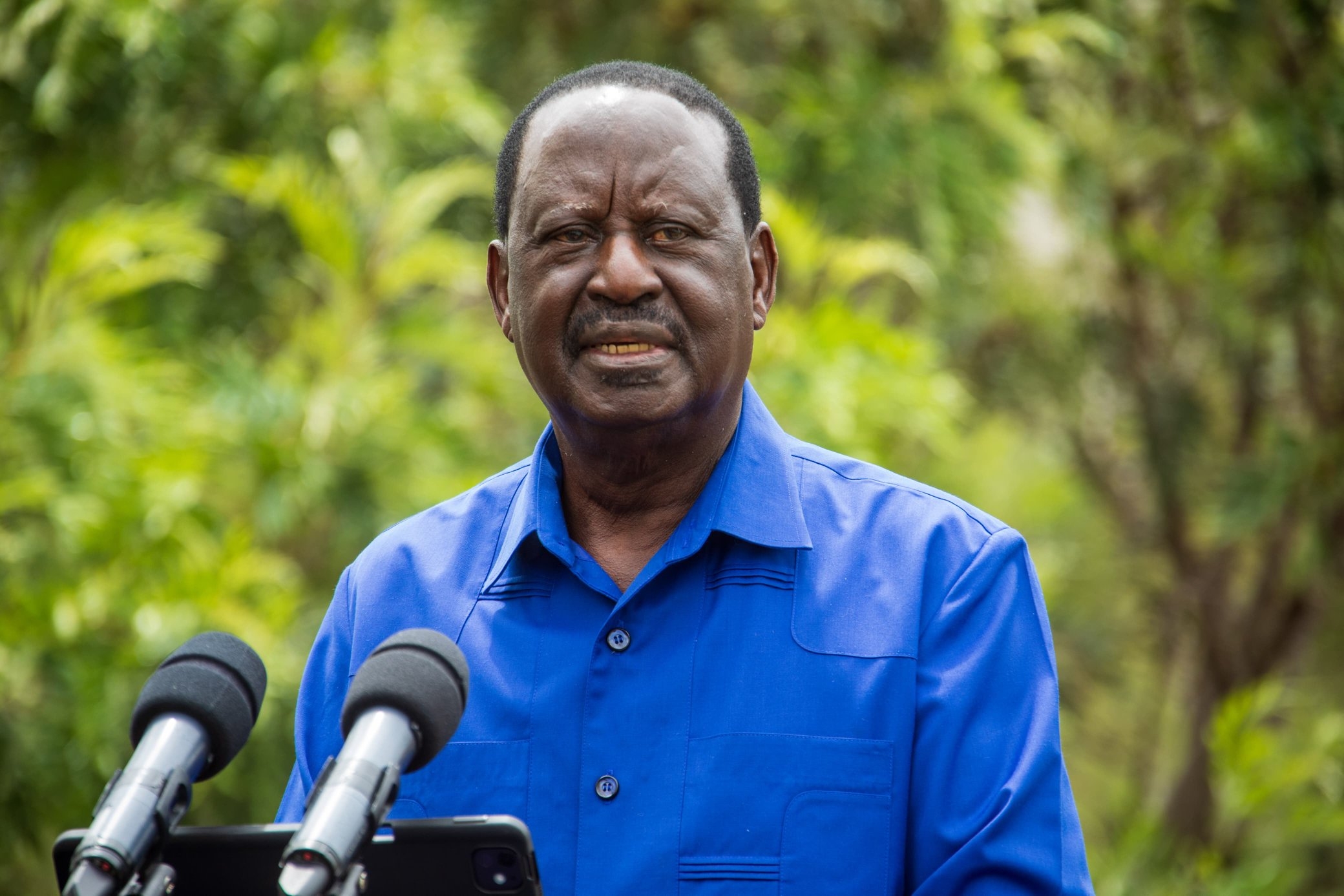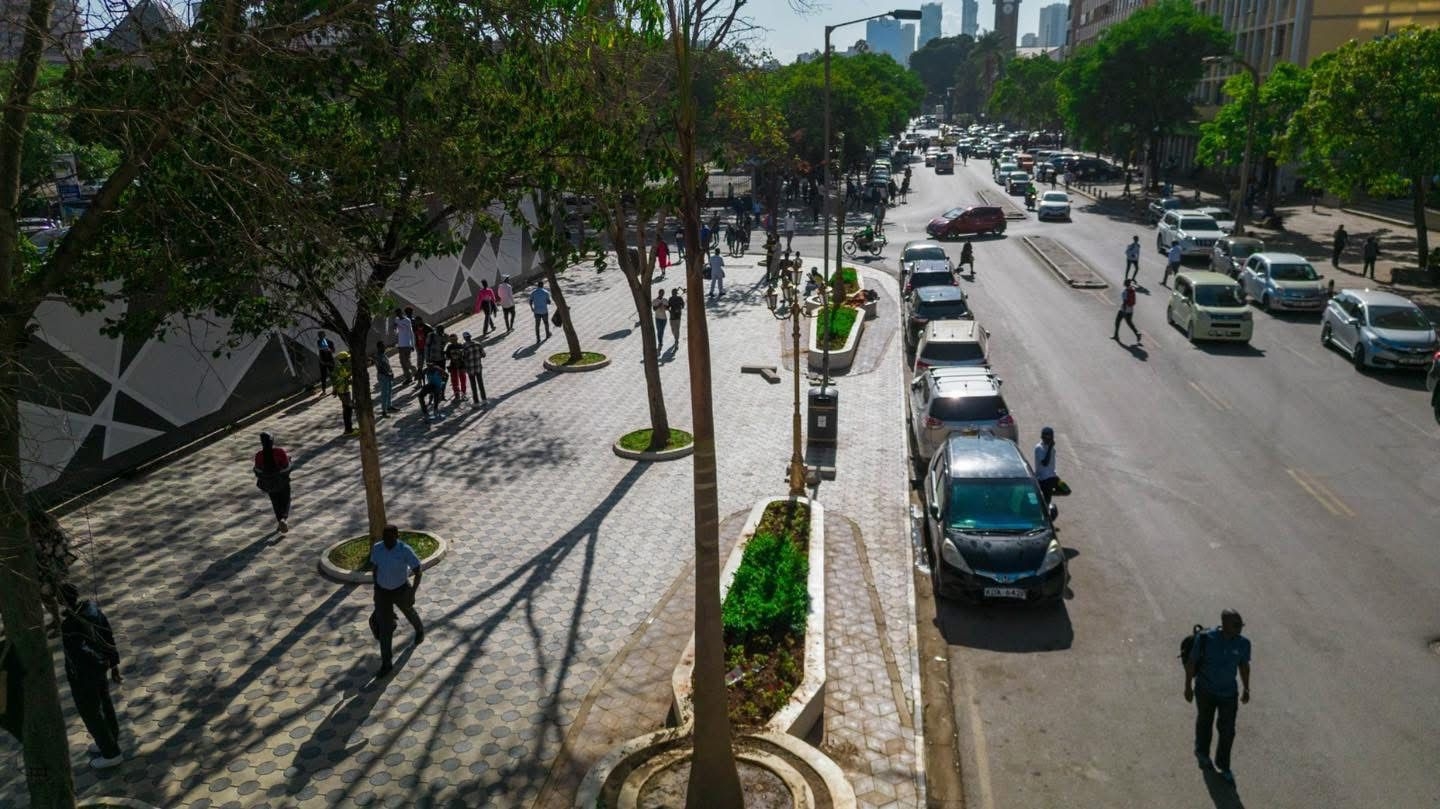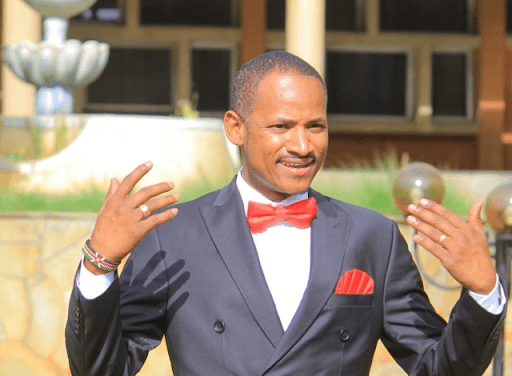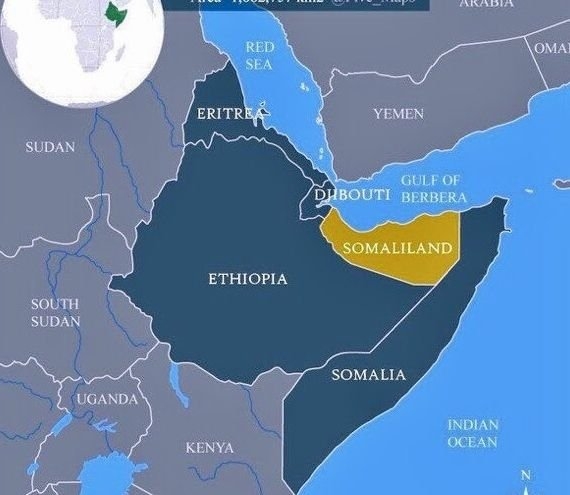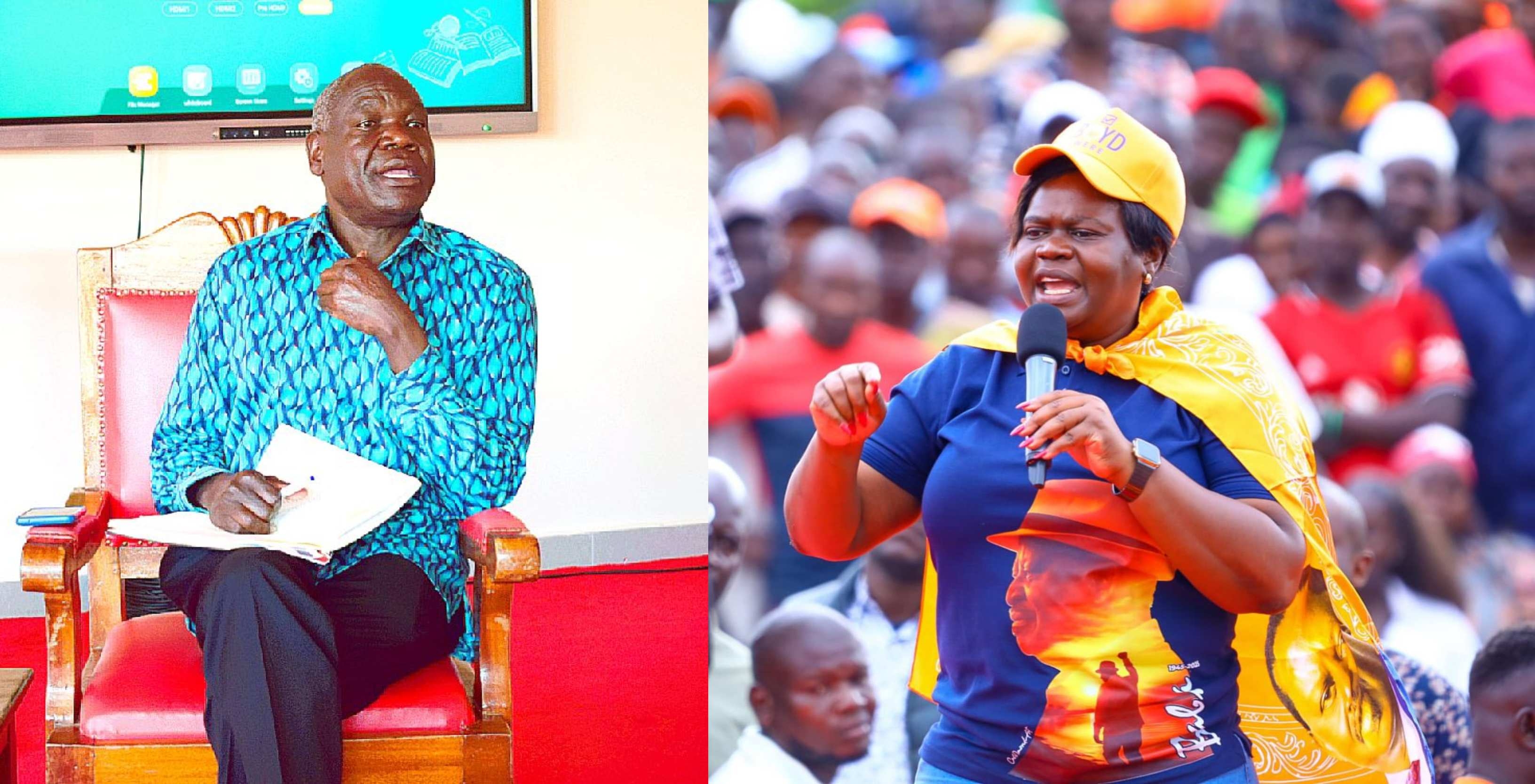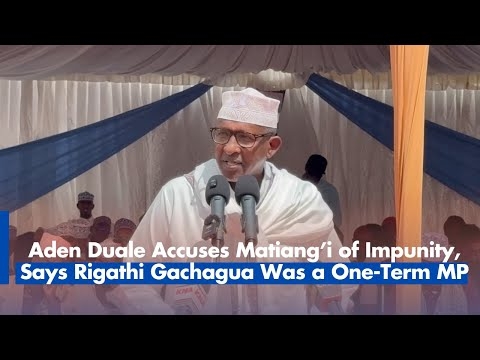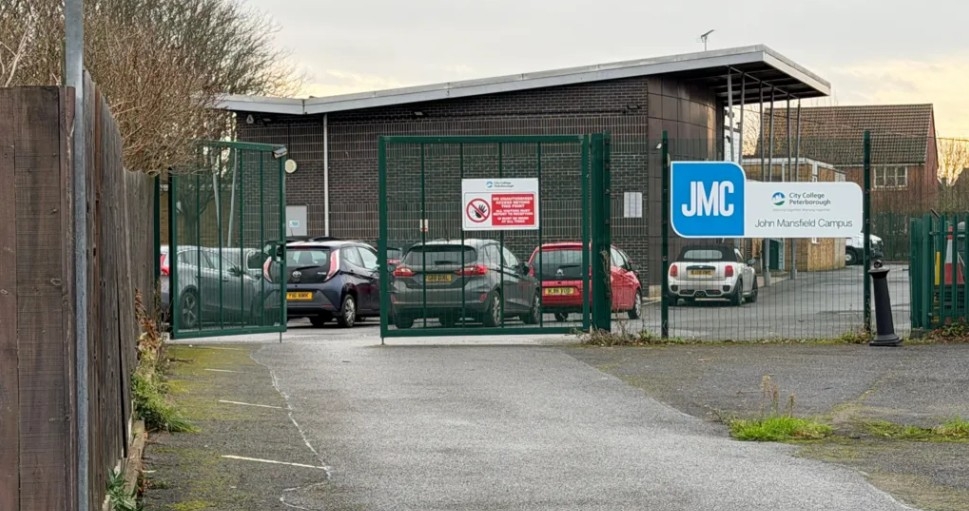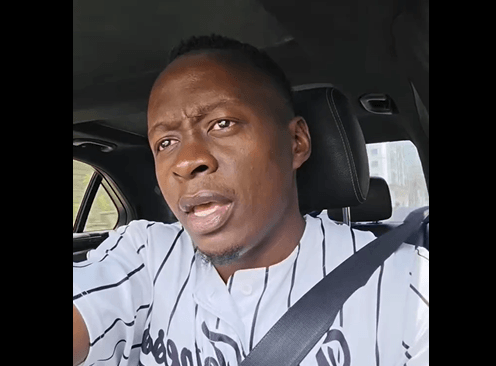
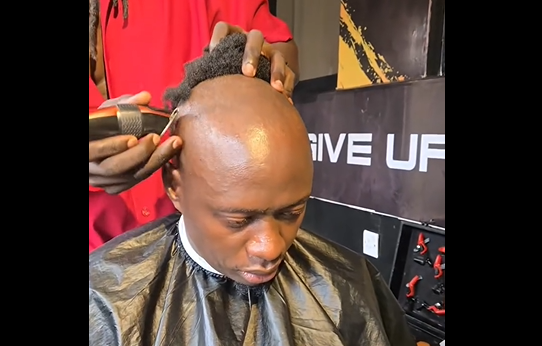 Oga Obinna getting his hair shaved as a mourning tribute to Raila Odinga. /SCREENSHOT/OBINNA/INSTA
Oga Obinna getting his hair shaved as a mourning tribute to Raila Odinga. /SCREENSHOT/OBINNA/INSTAMedia personality Oga Obinna on Tuesday shaved his hair in an emotional tribute to the late former Prime Minister Raila Odinga.
The gesture, rooted in Luo customs, is part of a mourning rite known as liedo, traditionally performed on the third day after burial.
It symbolises the start of a new phase of mourning and renewal for close family and friends of the deceased.
Raila was buried on Sunday at the family’s homestead in Kang’o ka Jaramogi, Bondo in a state funeral.
He died on October 15 in India, where he had been receiving treatment, after suffering cardiac arrest. He was 80.
The liedo rite was traditionally performed using a razor blade, though many now use modern shaving machines.
While not as commonly practiced among the younger generation, some still observe it faithfully as part of their cultural identity.
"For Baba, I chose to shave my hair as a symbol of mourning for the respect and admiration I gave him," Obinna said.
In a video he posted on Instagram, Obinna was overcome by emotion mid-shave, forcing the barber to pause briefly as he composed himself.
The clip opened with Raila’s favourite song, Farewell Jamaica by Harry Belafonte, followed by an original composition Obinna dedicated to Raila.
“This is a celebration of life for a good man who has gone to heaven. Rest in power, Baba,” the song begins.
Obinna added that shaving his head was also an act of solidarity with cancer patients.
“My heart goes out to you as well,” he said. He noted that the last time he had gone completely bald was in lower primary school, underscoring the weight of the gesture.
When someone from his crew suggested he wear a cap to cover it up, Obinna declined.
“It’s my head; you have to be proud of your decisions. It’s a decision I made for Baba and for everyone out there fighting cancer. So hakuna kofia, huyu ndio mimi — it’s Oga@Ditop,” he said.
Liedo is one of several funeral and post-burial rites observed in the Luo community, which form part of a mourning cycle that can extend over a year.
The cycle begins with lendo (death announcement), followed by a vigil known as budho, kunyo bur (digging of the grave), iko (burial), tero buru (escorting the spirit of the deceased), liedo (shaving after burial), and finally kee—the departure of family members and relatives to their respective homes in order of age.
Other rites are yao dhot (opening the door), where relatives return to the deceased’s home to share a meal symbolising renewal; tedo chai (serving a meal to the deceased), a family gathering to honour the dead; tero buru maduong’ (battleground with the spirit), a grand ritual for highly respected elders; tero chola (visiting the widow’s natal home), which marks the end of mourning and the introduction of a new spouse; keyo nyinyo (dividing property left by the deceased); and rapar (remembrance), when relatives and friends gather to commemorate the departed.



